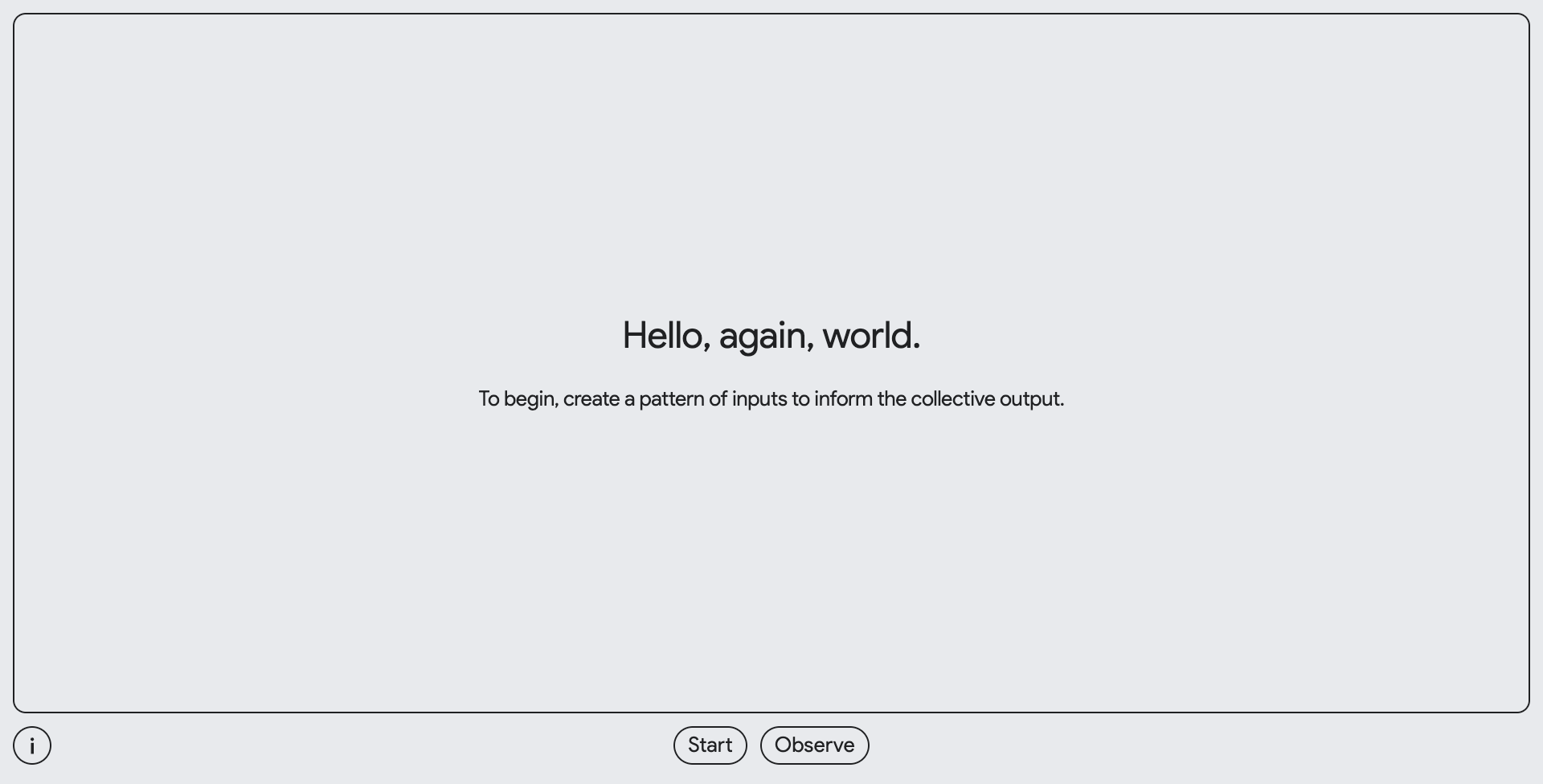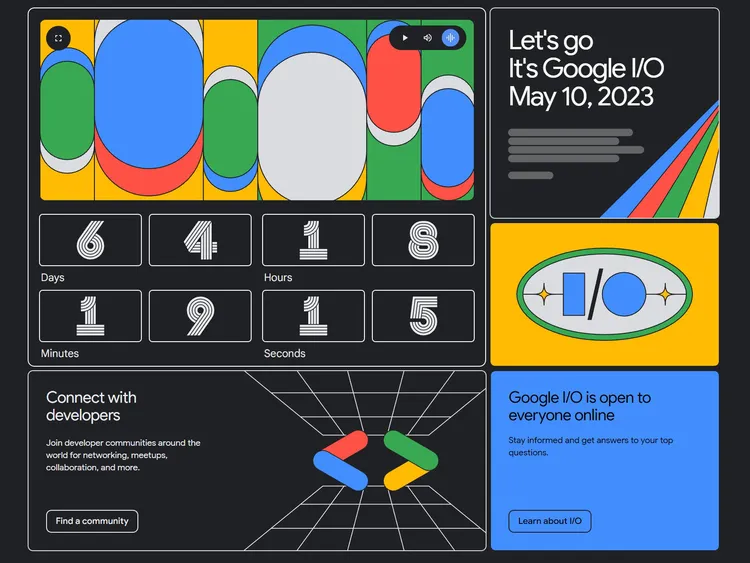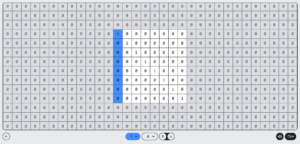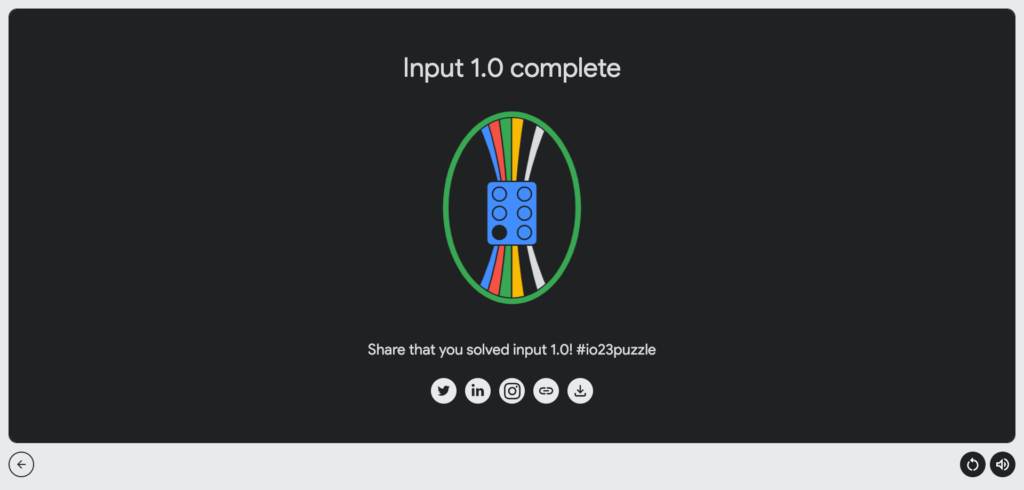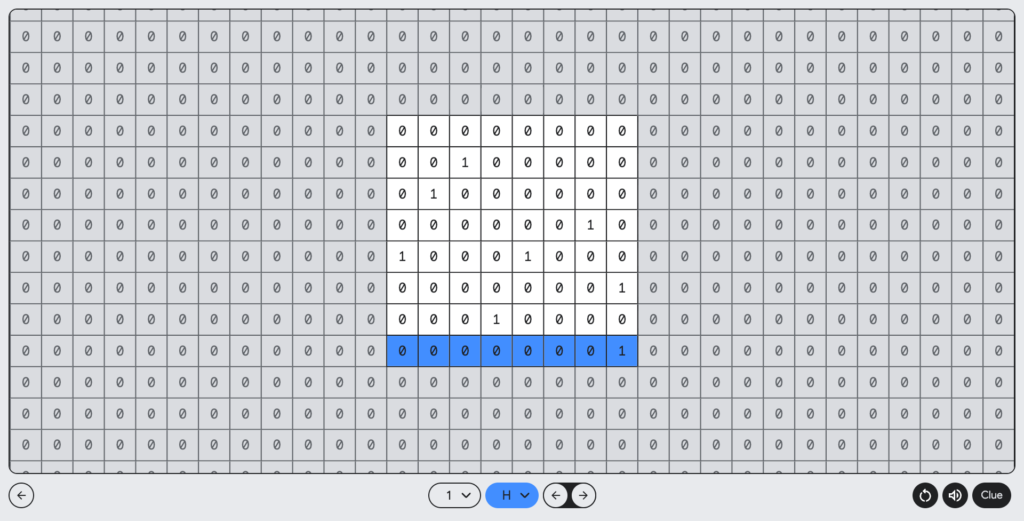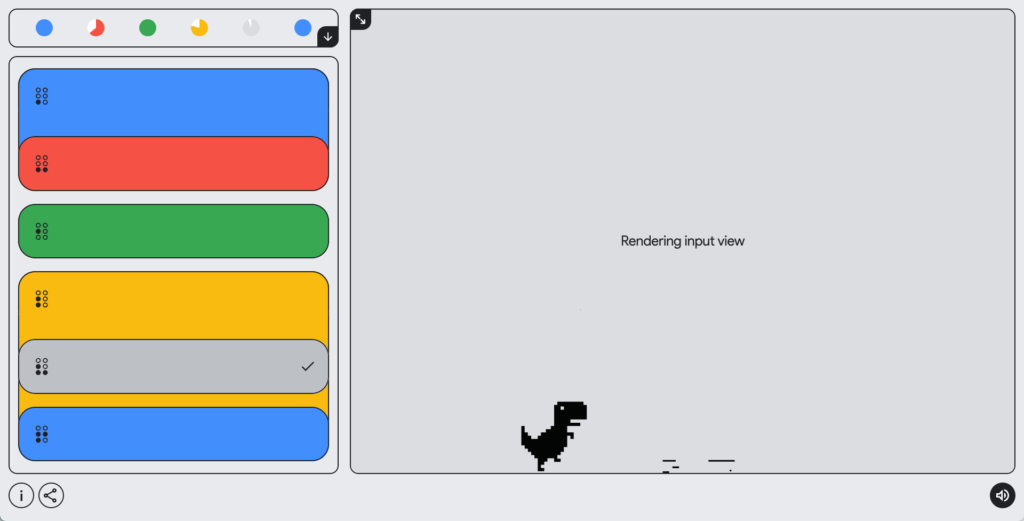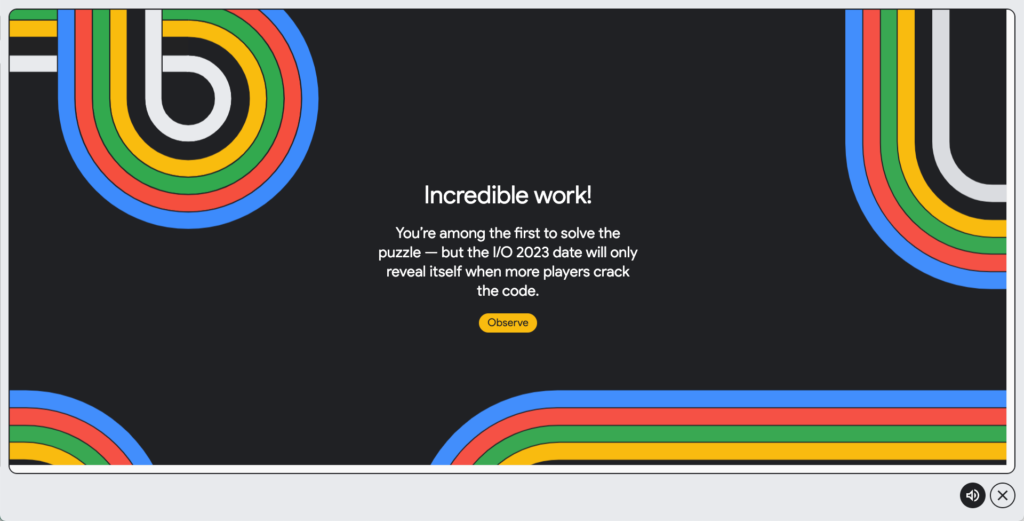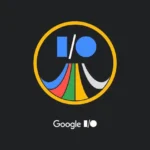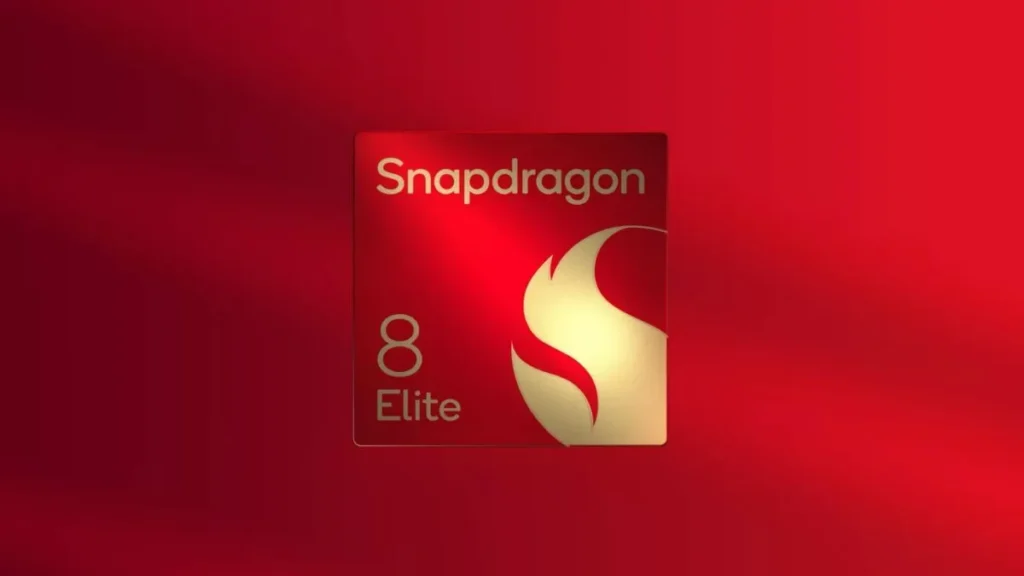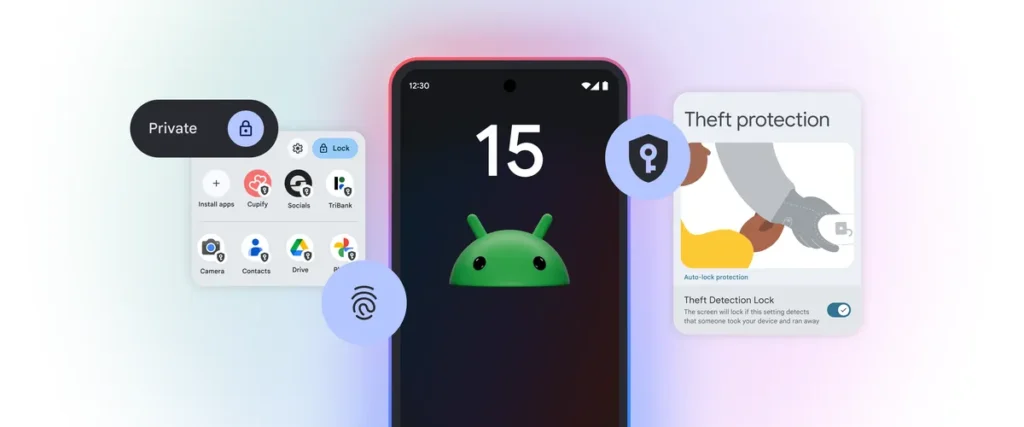Google has released a new “input/output” puzzle that should disclose the day and location of this year’s Google I/O 2023, so it must be coming up soon.
The History of Google I/O
The Google I/O developer conference has been a showcase for the business’s most recent technologies and a look ahead for more than ten years. The I/O keynote is frequently packed with the greatest Google news of the year, from the most recent updates to Android and Wear OS to dazzling, unrealistic tech demos like Assistant Duplex.
Google I/O often happens in the first part of May and is frequently held at the Shoreline Amphitheatre close to Google’s campus in Mountain View, California. Nonetheless, COVID-19 has had an effect on the conference’s recent years, causing the cancellation of the 2020 event and the digital-only conferences in 2021 and 2022.
Google I/O 2023 puzzle introduction
By releasing a fresh online puzzle today, Google has provided us with our first sneak peek of what to anticipate from I/O 2023. The final answer to the problem in years past has revealed the date and location of the following Google I/O conference, and in certain cases in the past, the first person to complete the challenging challenge got a complimentary ticket to the event.
This year, the company took the I/O moniker fairly literally by introducing a puzzle structured around input and output (commonly abbreviated to “I/O.”) Furthermore, it appears that we will all need to collaborate to discover a “community” answer rather than trying to solve this on our own.
Google I/O 2023 puzzle progress
Hello, again, world.
Create a pattern of inputs to guide the collective output to start.
There are choices to “Start” or “Observe” on the home page. You can provide part of your personal “input” to the problem by starting while opting to watch allows you to see the “global development.” By utilizing the buttons on the left-hand side, you may rapidly switch between these two perspectives.
On the input tab, you’re given six tiles that you may move higher or downward in the list. The tiles in the puzzle will automatically group or ungroup depending on where you’ve dragged them. Each tile has a set of six dots that are either filled in or left blank, indicating that binary may be crucial to solving the puzzle.
Each tile has a vibrant “Open” button that can be seen by hovering over the left side of the tile. Although the types of puzzles you’ll encounter appear to change often, there is always a much-needed “Clue” button present in the bottom-right corner.
Clicking this may occasionally take you to a grid of numbers. You can slide the rows and columns from here, but you’ll probably need to do it in a certain way to go further.
‘Input 1.0’ answer
Another illustration, “Puzzle 1,” shows a sequence of toggle switches that may be clicked to activate or disable the display of various colors. This is accompanied by a lyrical clue that is colorful and seems to suggest which switches should be turned on.
Blue before red,
Yellow after green,
Where that leaves grey
Is yet to be seen.
Note, only one of each pair of toggles may be turned on since they appear to be paired off into groups of two. These pairings, from top to bottom, are:
- Blue & Yellow
- Red & Green
- Grey & Green
- Red & Yellow
- Blue & Grey
We may arrive at the ultimate answer, the majority of which can be shown below, by turning on toggles 1, 3, 6, and 8 in accordance with the pattern established by the poetry hint.
‘Input 2.0’ answer
Input 2.0 displays an 8 by 8 grid that is mostly filled with 0s. As part of the Google I/O 2023 teaser, it is our first binary slider puzzle. It’s interesting that the issue has eight 1s arranged in a diagonal. Our puzzle’s hint is a set of arrows, which we’ve replicated below:
↓↓↓↓
→
←
↓↓↓
→←
→→
↑↑↑
←←
We can infer that since there are eight 1s on the board and eight lines of arrows, we must follow one line of directions for each 1 in the puzzle. Take the upper-leftmost 1 and shift it four spaces to the left. Move the next number in the line, which is 1, one space to the right. If you simply shift the bottom row two spaces to the left, the final answer will resemble the illustration below.
‘Input 3.0’ answer
The “Input 4.0” puzzle is similar to a set of toggle switches and follows a similar pattern. “One is one, two is three” is the only suggestion offered here. The top and bottom toggles are tinted grey when enabled, and the middle two are shaded to be white. There are a total of five toggles.
The solution is fairly clear here, as you only need to toggle the topmost switch first and the third switch second. After all, the proverb “one is one, two is three” applies.
‘Input 3.2’ answer
We receive a succession of numerals/letters, arrows, and digits as our next slider-style clue. We can readily determine that these must be directives to move certain rows (letters) or columns (numerals) by a specific amount in a particular direction (the arrow) (the number).
M ← 1 K ← 2 F → 3
N ← 1 L ← 2 G → 3
O ← 1 A → 3 2 ↓ 5
7 ↑ 2 B → 3 3 ↓ 6
H ← 2 C → 3 8 ↑ 6
I ← 2 D → 3 1 ↓ 7
J ← 2 E → 3
The puzzle cannot be solved by just following these directions in the manner they are presented. The instructions must be rearranged, first in alphabetical order and then in numerical order. The final instructions therefore read as follows:
- A → 3
- B → 3
- C → 3
- D → 3
- E → 3
- F → 3
- G → 3
- H ← 2
- I ← 2
- J ← 2
- K ← 2
- L ← 2
- M ← 1
- N ← 1
- O ← 1
- 1 ↓ 7
- 2 ↓ 5
- 3 ↓ 6
- 7 ↑ 2
- 8 ↑ 6
‘Input 3.1’ answer
Please excuse the slight out-of-order placement of items in our post, but Input 3.1 functions almost identically to its sister above. However, this time you’ll need to rearrange the instructions to do things in numeric order first (handling the columns), The clue “Up or down, left or right,” in contrast to the other’s reversed clue “Left or right, up or down,” suggests this new order.
You’ll need the following directions to complete this particular puzzle:
- 3 ↓ 5
- 4 ↑ 5
- 6 ↑ 3
- 7 ↓ 10
- 8 ↑ 3
- B ← 6
- C ← 6
- D → 5
- E → 5
- F ← 6
- G ← 6
- H ← 6
- I ← 6
- J ← 6
- K → 4
- L → 4
- M ← 5
- N ← 5
Input 1.1 answer
The global progress indicator shows that the final puzzle in this sequence of binary grids is the one that has baffled us the most and is now the least completed of the individual Google I/O puzzles. We have the definitive solution to this challenging puzzle today, thanks to hints from Simon K and Christian.
Here, we’re presented with a 32×8 grid, in which each column has a single 1. The only clue we’re given is that “Third times are a charm (±1).” Here the idea of “plus or minus 1” (±1) needs to be taken quite literally, in combination with “third times.”
Simply put, you’ll need to weave your way through the columns, moving every third column up or down, in sequence. Like so:
- 3 ↑ 1
- 6 ↓ 1
- 9 ↑ 1
- 12 ↓ 1
- 15 ↑ 1
- 18 ↓ 1
- 21 ↑ 1
- 24 ↓ 1
- 27 ↑ 1
- 30 ↓ 1
Final puzzle answer
After completing each of the six distinct problems, you must finally drag the tiles to arrange them correctly. Look at the domino-like grid at the far left of each tile to see how to achieve that.








